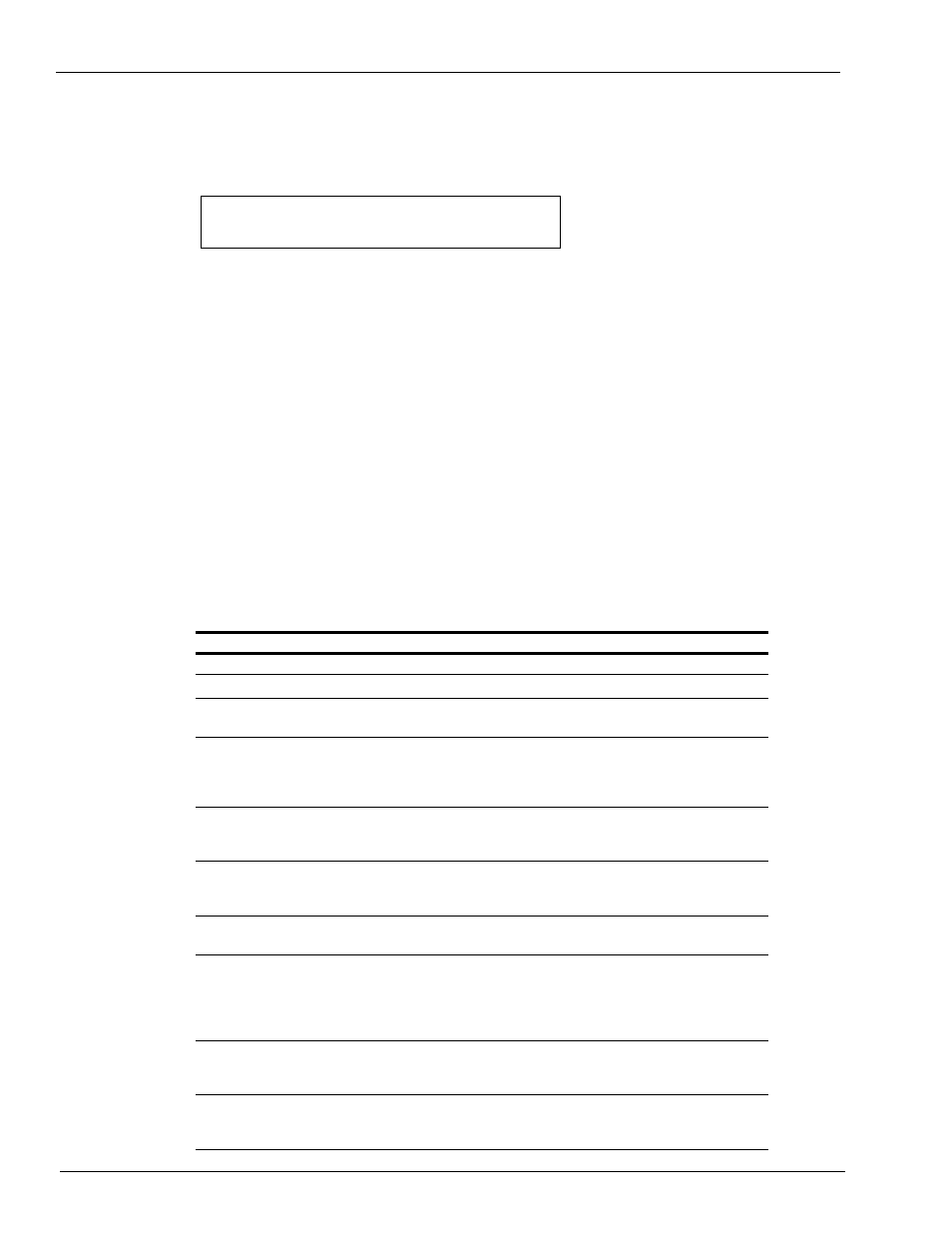How to use options with commands, How to use options with commands -6 – Gasboy CFN III Manager Manual V3.6 User Manual
Page 34

[P:]* RESET DIAGNOSTICS
↵
[P:]*
Site Controller III
CFN3 Command Sessions
Page 3-6 MDE-4871 CFN III Manager’s Manual for Windows® XP Embedded - Version 3.6 · August 2010
If a command does not print data or require data to be entered, the terminal prints just a
command prompt to indicate the command has been executed and the terminal is ready to
accept another command as illustrated.
How to Use Options with Commands
Many commands take options that modify how the command works. These options are
additional letters or symbols typed on the command line after the command.
A semicolon (;) separates the command and the option(s). Do not put a space between the
command and the option(s); if you insert a space, the option will be interpreted as an
argument.
If both options and arguments (data) are used on a command line, the options come first, then
a space, then the arguments:
command;options arguments
When more than one option is used with a command, the options may be listed in any order.
Complex options (P1=, P2=, >, >>, <) are separated by commas.
The common options are:
Option
Function
Description
A
All
Usually expands the effect of a command.
I
Initialize
Usually initializes data affected by the command.
C
Chain
Allows you to enter multiple sets (a chain) of data to
commands requiring data. See below.
P1=,P2=
Parameter
Allows you to specify fields for sorting. Field name is given
as data immediately following parameter; for example,
PRINT TRANSACTION;P1=AUTH would print a list of
transactions sorted by authorization codes.
>
Redirect output to a
new file
Saves output of a command in a file you specify. If the file
already exists, that file is overwritten. Requires destination
(file name or LOG) as argument.
>>
Redirect output to an
existing file
Output is appended to the end of the specified file.
Requires destination (file name) as argument. If a file does
not exist, it will be created.
<
Redirect input
Allows you to use a file as the source of input to a
command. Requires source (file name) as argument.
L
Lines
Used with any command to page output for CRT screen.
May also be used to set number of lines per screen (for
example, L=20). Stays in effect for all subsequent
commands until the user signs off or the L option is
redefined by using it on another command.
T
Text
Used in command files intended to be run from the
console so that single lines of text can be displayed on the
console.
H
Home
Used with any command, clears from the current cursor
position to the end of the screen and puts the cursor in the
home position on a CRT.
